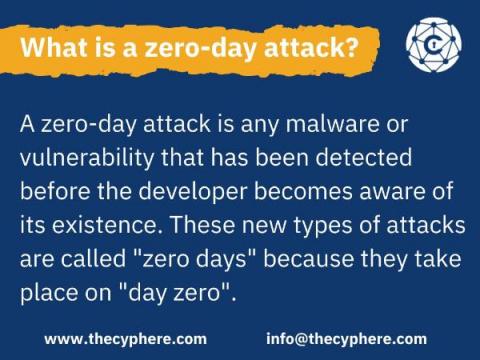Why Cyberattacks Increase During the Holiday Seasons
Cybercrime is a relevant threat any time of year, but especially during the holidays. The FBI recently issued a warning about rising ransomware attacks on holidays and weekends, a trend that is far from new but growing. As cybercrime continues to rise, holiday cybersecurity needs to improve. Many of the largest cyberattacks, including the Colonial Pipeline attack, have happened over various holidays. Smaller attacks tend to increase around these times of the year, too. Here are six reasons why.










